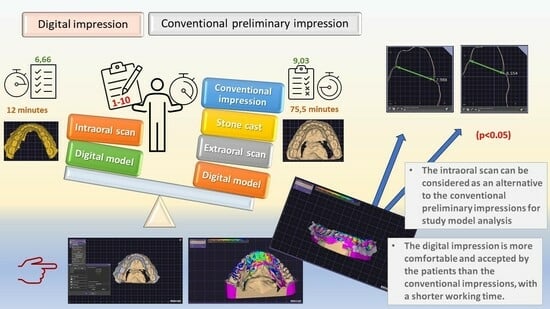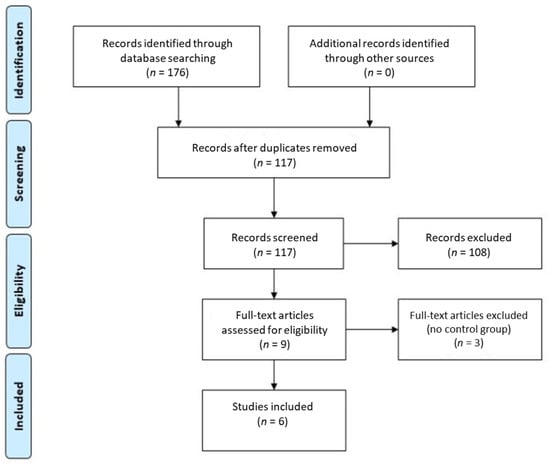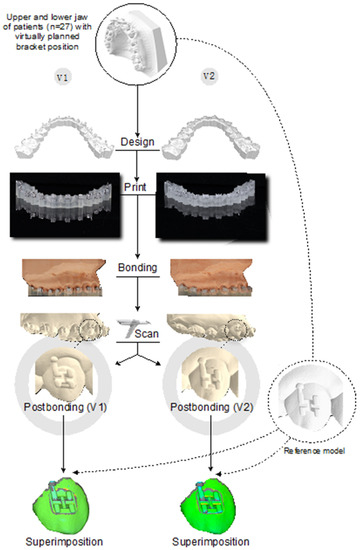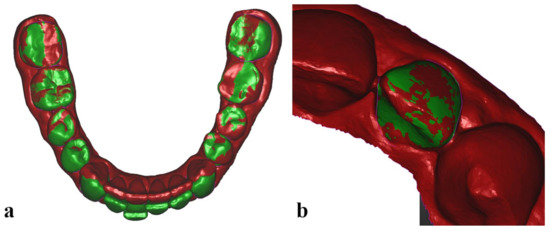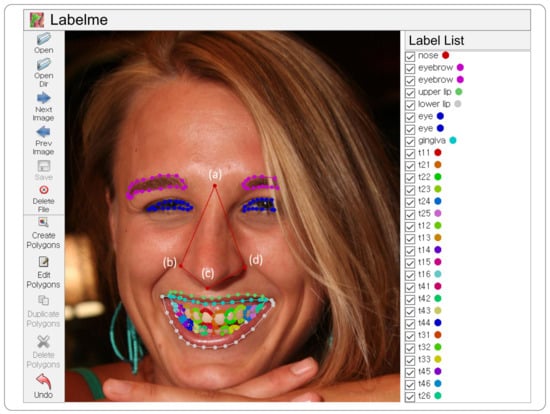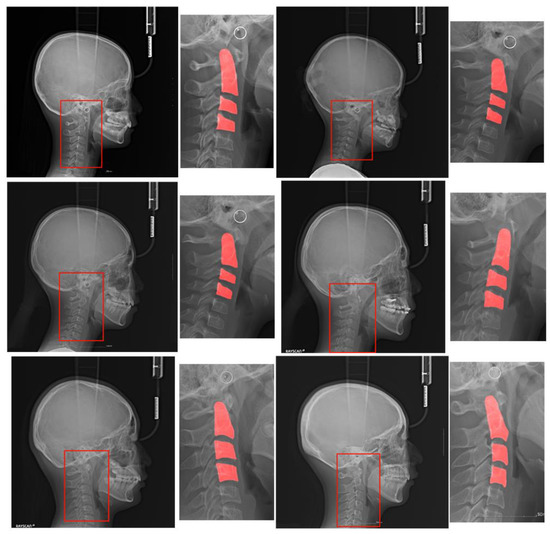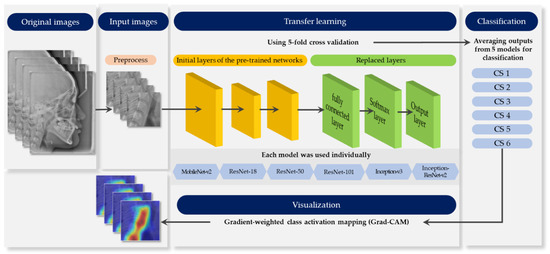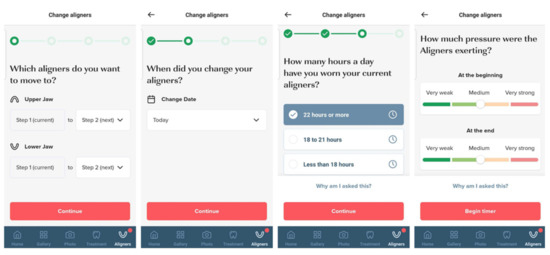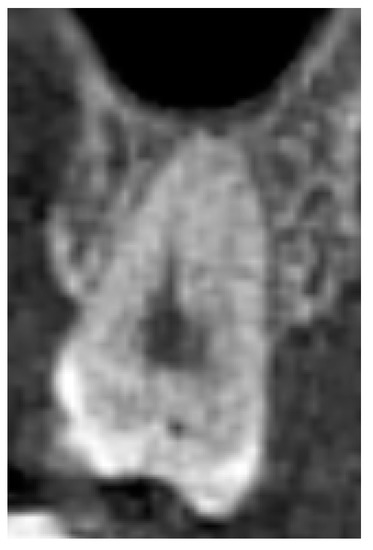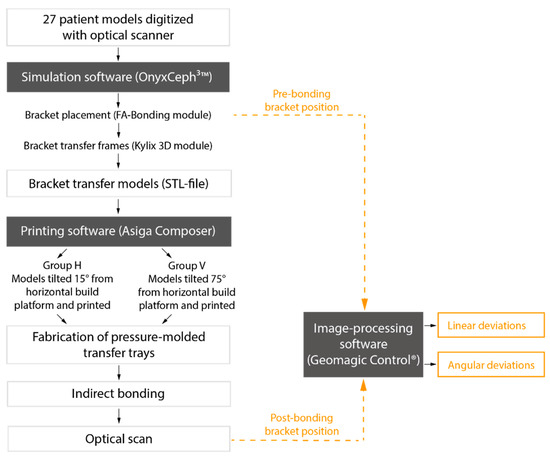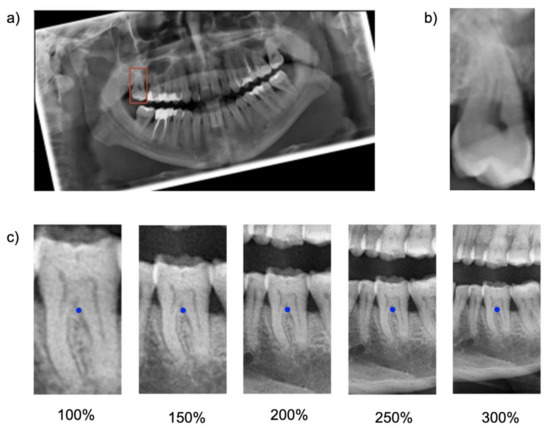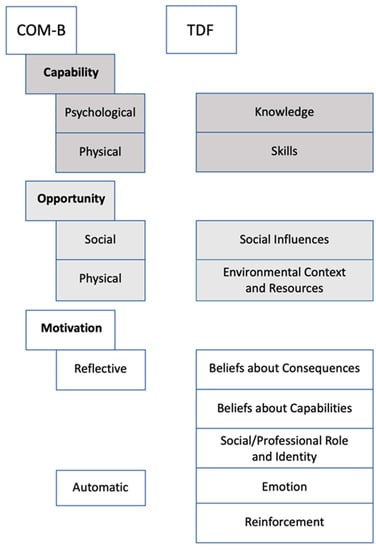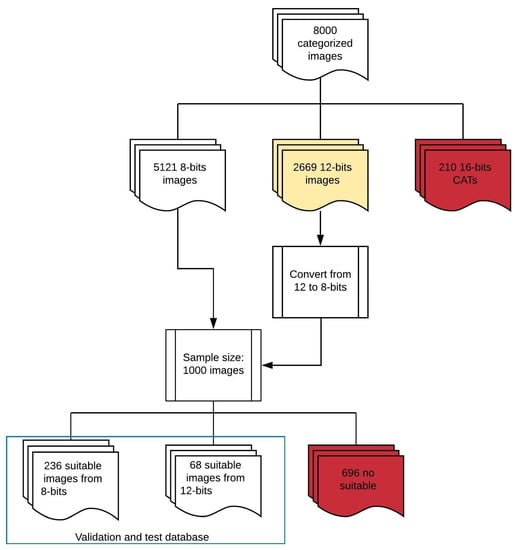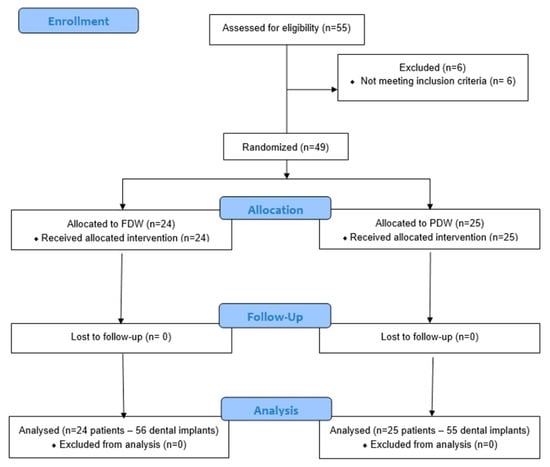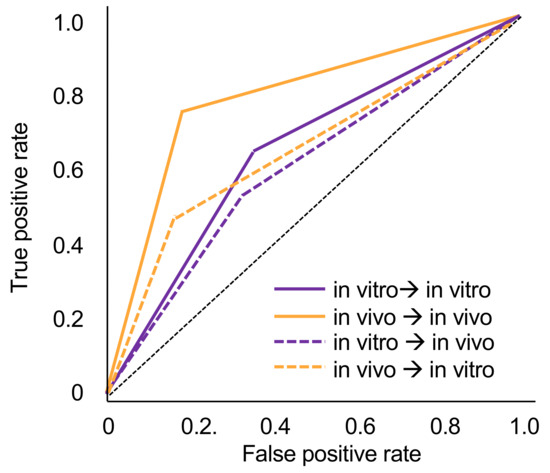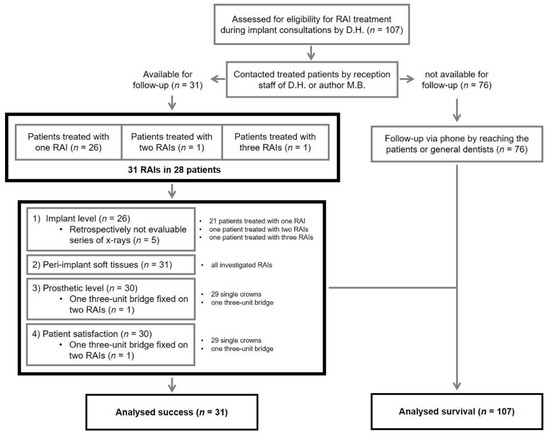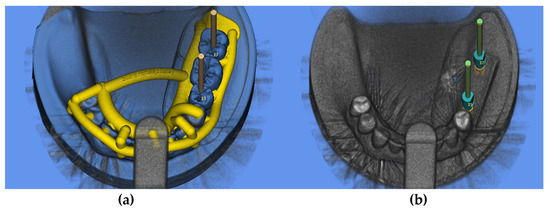Digital Dentistry: Advances and Challenges (Closed)
A topical collection in Journal of Clinical Medicine (ISSN 2077-0383). This collection belongs to the section "Dentistry, Oral Surgery and Oral Medicine".
Viewed by 81855Editor
Interests: dental; diagnostics; oral; artificialintelligence; deeplearning; endodontics
Special Issues, Collections and Topics in MDPI journals
Topical Collection Information
Dear Colleagues,
With the advent of the explosion in data and the technical means to effectively lever them, dentistry is rapidly changing. Digital dentistry is today much more than computer-aided design and manufacturing: it entails diagnostics, decision-making, treatment conduct and re-evaluation, as well as lifelong management of patients’ oral health. We are quickly moving toward workflows which are truly digital, beyond only the provision of dental restorations or implants, but permeate into every aspect of our profession. This will enable a predictive, personalized, preventive, and participatory dentistry (P4-dentistry) if all goes well. This if, however, is a big one: Despite all the excitement surrounding them, current applications and research findings suffer from a large range of limitations, and many studies in this emerging field do not fully adhere to established standards of rigorous planning, conduct, and reporting required in medicine and dentistry. The Special Issue of the Journal of Clinical Medicine will cover all of these aspects, and we invite you to participate. Your contribution can make this field richer, and we see this Special Issue as a marketplace of ideas, outlooks, and critiques or solutions. I await your submission!
Prof. Dr. Falk Schwendicke
Guest Editor
Manuscript Submission Information
Manuscripts should be submitted online at www.mdpi.com by registering and logging in to this website. Once you are registered, click here to go to the submission form. Manuscripts can be submitted until the deadline. All submissions that pass pre-check are peer-reviewed. Accepted papers will be published continuously in the journal (as soon as accepted) and will be listed together on the collection website. Research articles, review articles as well as short communications are invited. For planned papers, a title and short abstract (about 100 words) can be sent to the Editorial Office for announcement on this website.
Submitted manuscripts should not have been published previously, nor be under consideration for publication elsewhere (except conference proceedings papers). All manuscripts are thoroughly refereed through a single-blind peer-review process. A guide for authors and other relevant information for submission of manuscripts is available on the Instructions for Authors page. Journal of Clinical Medicine is an international peer-reviewed open access semimonthly journal published by MDPI.
Please visit the Instructions for Authors page before submitting a manuscript. The Article Processing Charge (APC) for publication in this open access journal is 2600 CHF (Swiss Francs). Submitted papers should be well formatted and use good English. Authors may use MDPI's English editing service prior to publication or during author revisions.
Keywords
- Artificial intelligence
- Computer-aided design
- Computer vision
- Data science
- Decision-support
- Deep learning
- Digital diagnostics
- Knowledge management
- Prediction making
- Risk assessment






